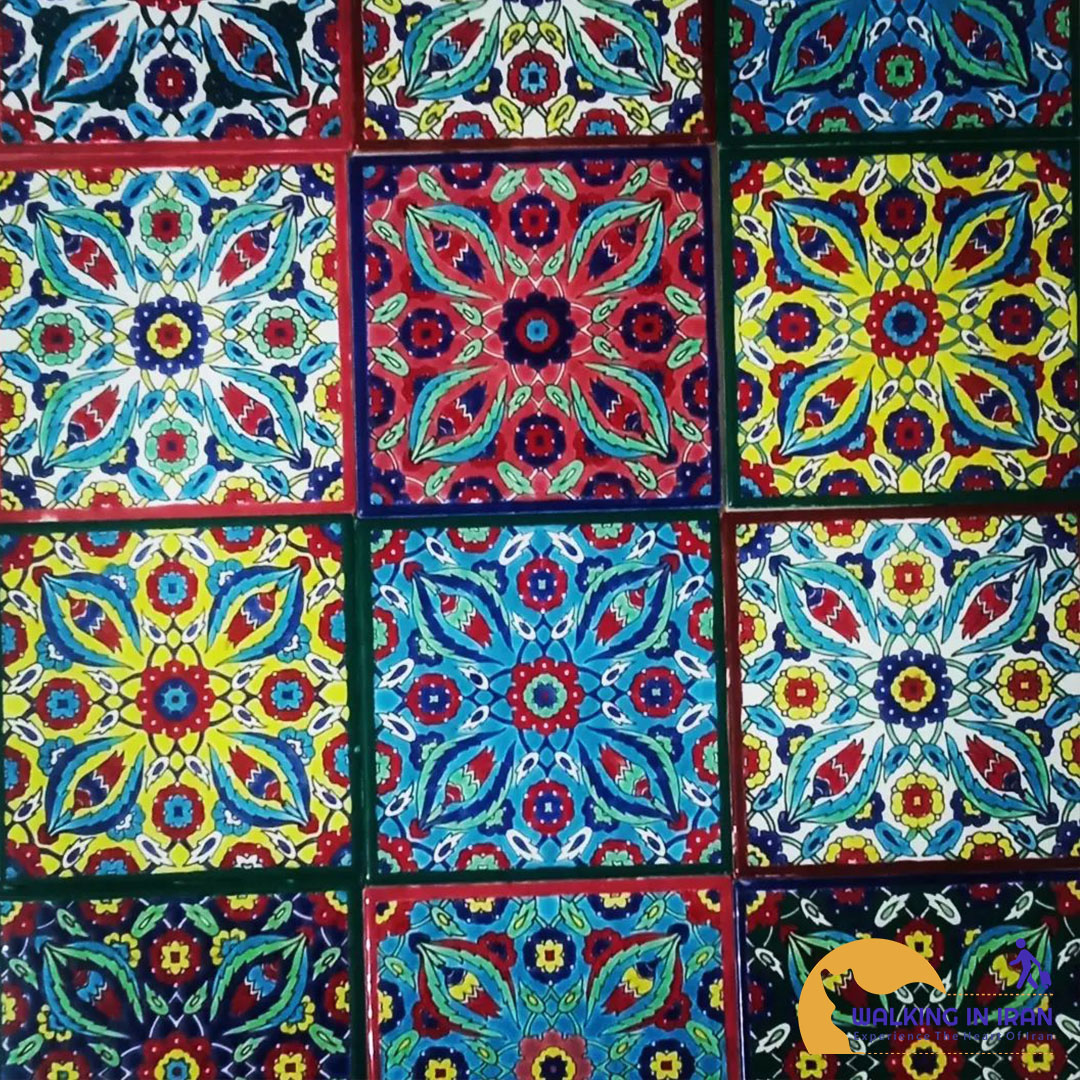The art of making seven-color tiles in Iran: a jewel in the crown of traditional arts
The art of making seven-color tiles is one of the most valuable artistic heritages of Iran, which has shown its beauty and elegance to the world for a long time. This art, which uses seven main colors and their combination, creates complex and geometric designs on tiles, has given a special effect to Iranian architecture.
The history of seven-color tiles
The roots of the seven-color tile go back to the Islamic era, especially the Seljuk period. In this period, Iranian tilers, inspired by Islamic and Iranian arts, created complex and colorful designs on tiles. By the Safavid period, this art reached its peak and was used to decorate mosques, palaces and public buildings.
The steps of making seven color tiles
Making seven-color tiles is a complex and time-consuming process that includes the following steps:
- Preparation of clay: the appropriate clay is selected and after purification, it is made into balls.
- Shaping: Clay balls are made into the desired shape on a pottery wheel or with a mold.
- Drying: Raw tiles are dried in the open air for several days.
- Glazing: the surface of the tile is covered with white glaze.
- Painting: the desired designs are drawn on white glaze using mineral colors and a brush.
- First firing: the tiles are fired in the furnace at a certain temperature so that the glaze and colors are connected to each other.
- Cutting and setting: The baked tiles are cut according to the outline and put together in a mosaic.
- Second firing: The arranged tiles are re-fired in the oven at a higher temperature to stabilize the designs.
Seven colors
As the name suggests, seven-color tiles are made using seven primary colors. These colors are: white, black, azure, turquoise, red, yellow and fawn. By combining these colors, a wide range of colors and shades can be achieved.
Applications of seven color tiles
Seven-colored tiles throughout history to decorate all kinds of buildings, including: - Mosques: to decorate domes, altars, walls and floors of mosques
- Palaces: to decorate walls, ceilings and ponds
- Tombs: to decorate walls and domes
- Bathrooms: to decorate walls and basins
The importance of preserving the seven-color tile art - Cultural identity: The seven-color tile is one of the most important symbols of Iranian art and architecture.
- Tourist attraction: Buildings decorated with seven-color tiles are important tourist attractions.
- Creation of employment: preservation and development of this art can help create employment for artists.


